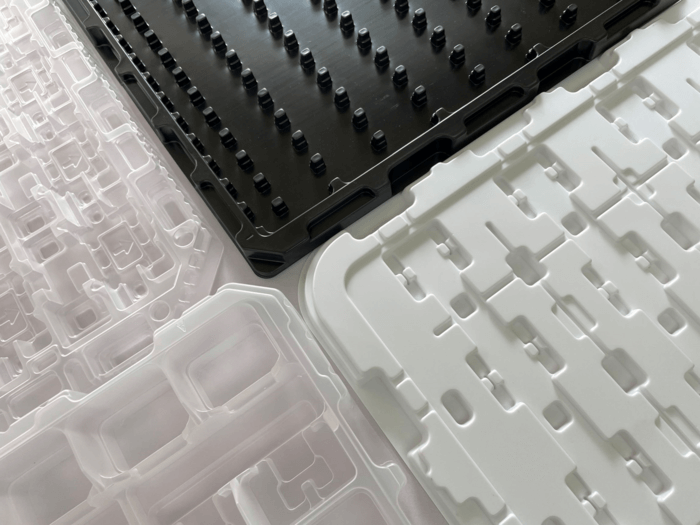What Is Molybdic Acid?
Molybdic acid is an odorless white or light yellow powder and inorganic compound.
Uses of Molybdic Acid
Molybdic acid serves as a passive corrosion inhibitor for carbon steel in buildings and piping and finds use in pharmaceuticals, pigments, and ceramics glazes.
It also functions as a heterogeneous catalyst in various oxidation processes. Additionally, molybdic acid and its salts are components of Froehde reagent for alkaloid detection, with alkaloids being nitrogen-containing organic compounds typically of a basic nature.
Properties of Molybdic Acid
Molybdic acid melts at 300°C and forms an antimagnetic solid. It dissolves in alkaline solutions and ammonia water but is nearly insoluble in water, ethanol, and acetone.
Its chemical formula is H2MoO4, with a molecular weight of 161.95 and a CAS number of 7782-91-4. The monohydrate (MoO3・H2O) and dihydrate (MoO3・2H2O) forms are well-documented.
Structure of Molybdic Acid
Molybdic acid solids are coordination polymers, with the monohydrate composed of octahedrally coordinated MoO3・H2O units sharing four vertices. The dihydrate features additional water molecules intercalated between these layers, forming a continuous structure of ligands and metal ions.
In acidic solutions, molybdic acid appears as a complex, MoO3(H2O)3, with each molybdenum atom surrounded by three aqua and three oxo ligands in an octahedral structure.
Molybdic acid salts, or molybdates, are produced by neutralizing molybdic acid with a base.
Other Information on Molybdic Acid
1. Related Compounds
Molybdates contain molybdenum(VI) oxoanions. Molybdenum forms various oxoanions, existing solely in a solid state. Its behavior differs from other group 6 elements, with chromium oxoanions being tetrahedral, while tungsten, like molybdic acid, forms various tungstates with coordination number 6.
2. Examples of Molybdic Acid Ions
The MoO42- ion, found in Na2MoO4 and CaMoO4, has a coordination number of 4, forming a tetrahedral structure. Mo2O72- ions, present in certain tetrabutylammonium salts, share a corner, creating a dual-tetrahedral shape.
Other ions include Mo3O102-, Mo4O132-, Mo5O162-, Mo6O192-, Mo7O246-, and Mo8O264-.

